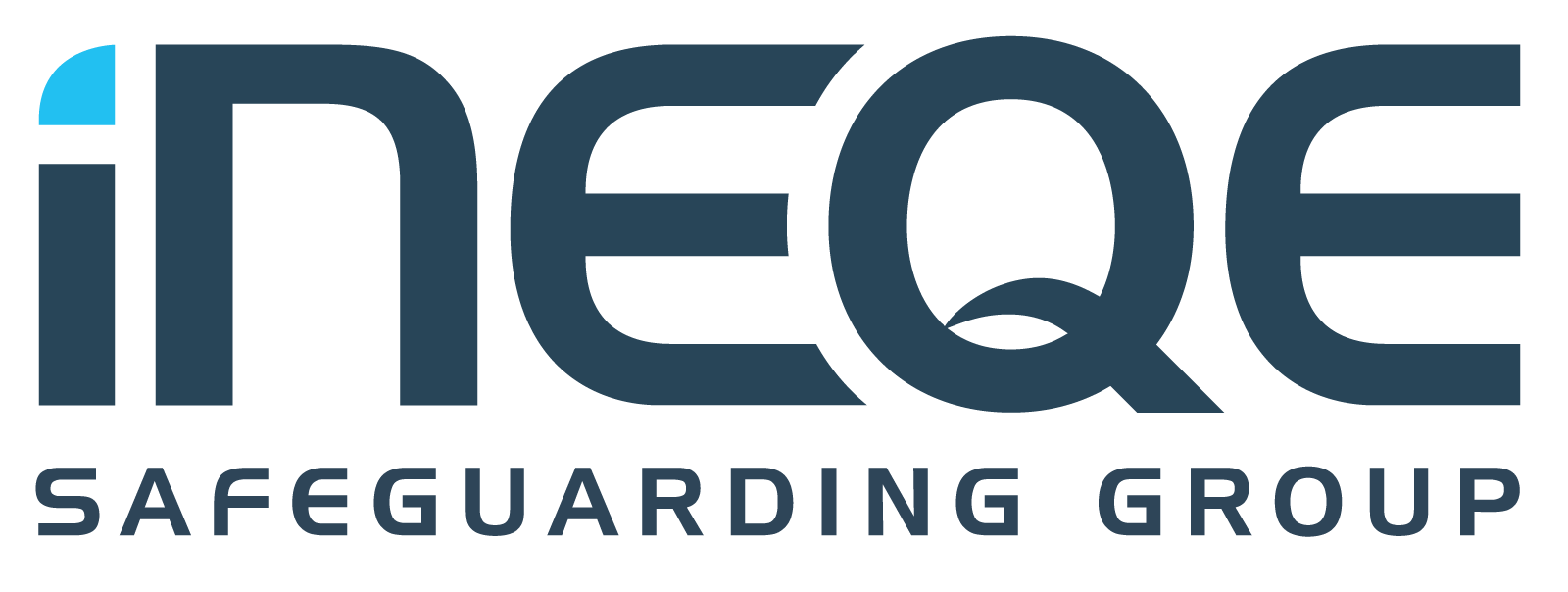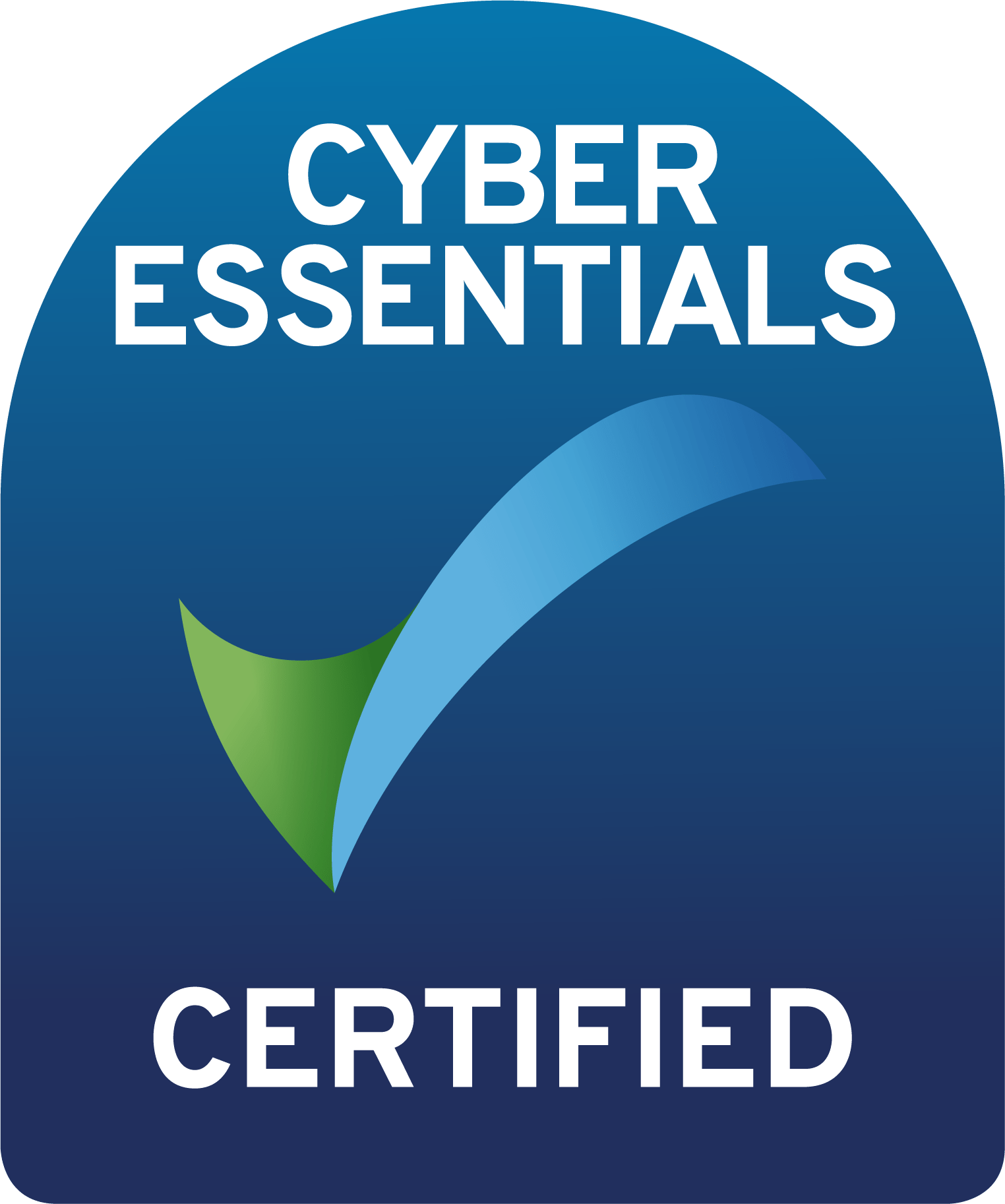
Safeguarding Audits 2024 Annual Report.
Opinion from Jim Gamble
Safeguarding in the Church of England: An Independent Perspective
A year and a half ago, my team and I began our independent audits of safeguarding in the Church of England. Like many external observers, I was initially deeply cynical about the Church’s capacity to learn from past failures.
However, as we gathered evidence and listened to those within the Church—from worshippers and staff to some victims and survivors—we observed a positive and improving trend and the potential for real change.
We examined over 4,000 safeguarding documents and engaged with over 5,500 individuals. In doing so we found that the vast majority of those worshipping or working in Church environments feel safe and respected; safeguarding is becoming embedded, and a growing number feel the culture is improving, with many now feeling empowered to challenge authority.
This progress is largely thanks to the blended Diocesan Safeguarding Teams who bring valuable experience and networks from statutory safeguarding backgrounds, along with the dedicated work of Parish Safeguarding Officers and cathedral volunteers. Supported by the National Safeguarding Team, they are the professionals now driving safeguarding activity.
While the Church has historically been criticised for ignoring safeguarding advice, the irony is that now, with a unique opportunity for progress, some—perhaps only a few, but a few too many—may disregard the advice of those who have driven this improvement: the Diocesan Safeguarding Officers.
So, what next? The Church of yesterday is not the Church of today. Moral outrage and public exposure have driven significant change. This does not mean that non-recent cases will not surface—indeed, we must hope that they do. Nor does it mean that offending in a contemporary sense will cease entirely. But it does mean that, when it does occur, it is now more likely to be challenged and addressed with the victim and survivor’s best interests at the forefront.
I know it’s tempting to impose solutions on the Church, but for it to work and become safer, safeguarding must be embedded in its DNA; safeguarding must be done by the Church, not to it. I believe this can be achieved via a consolidated and operationally independent internal safeguarding directorate led by a Director of Safeguarding.
This Director would have ultimate authority on all safeguarding matters, while existing governing bodies and their trustees, supported by credible external scrutiny, would ensure accountability at all levels.
Oddly, the Audit team was not asked for an opinion or to give evidence to inform the thinking of those tasked with deciding next steps. It is almost as if there is an inevitability that, whether right or wrong, something needs to be seen to be done to the Church. I get that, but from someone who has seen what has been and is being done, and for what it’s worth, here is my opinion: don’t tamper too much with what is actually working now, based on what didn’t work before.
Jim Gamble QPM
Lead Auditor
INEQE Safeguarding Group







